30th May 2023 Newsletter

Welcome to our second newsletter for May 2023!
We have a lot to share with you today. This edition sees the release of two more resources from our new Cognitive Distortion series: Disqualifying Others and Disqualifying The Positive. We’ve also published two new Polish translations from our ‘Understanding…’ series of guides – Understanding Anorexia and Understanding Body Dysmorphic Disorder.
In our research roundup, we are focusing on generalized anxiety disorder; we cover a paper that takes a classic cognitive therapy approach to GAD, and another exploring the impact of savoring positive emotions in GAD.
New Releases
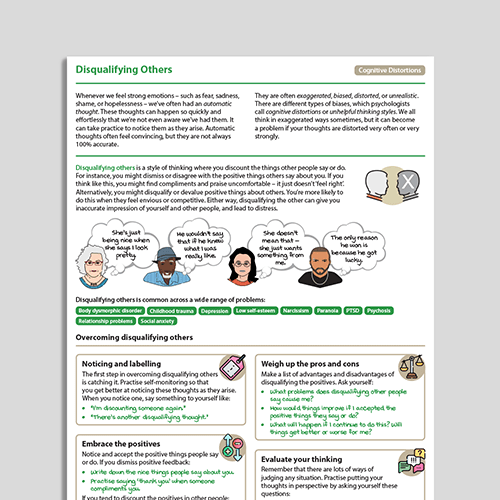
Disqualifying Others
Disqualifying others is a common thinking style whereby individuals discount information that comes from other people. Unfortunately, these disqualifications can maintain negative beliefs in the face of overwhelming counter-evidence, and stop people learning from their interpersonal experiences.
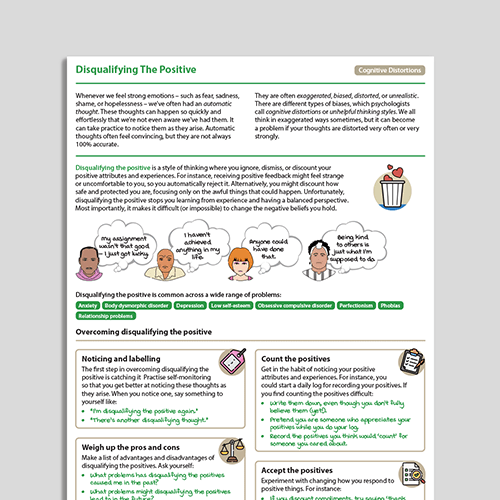
Disqualifying The Positive
Disqualifying the positive is a well-known thinking style in which individuals ignore, dismiss, or discount their positive attributes and experiences. While disqualifying the positive has been emphasized in cognitive models of depression, it also plays a role in anxiety disorders and other mental health conditions such as psychosis.
New Polish Translations
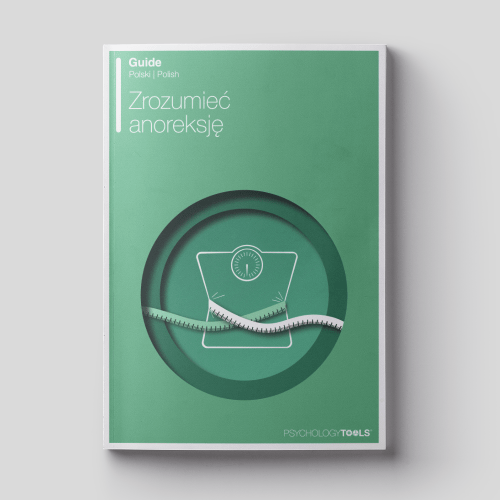
Understanding Anorexia
This guide helps your clients understand more about their condition by explaining what anorexia is, why it may not get better by itself, and the different evidence-based treatment options. It includes case examples, descriptions of symptoms and how they might affect a client’s thoughts, feelings and actions, and a screening assessment questionnaire.
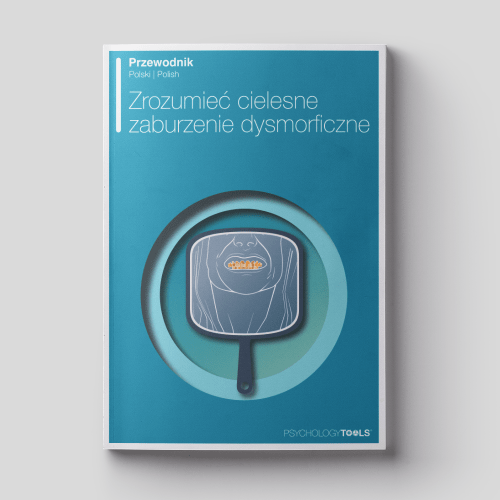
Understanding Body Dysmorphic Disorder
A comprehensive source of information for your clients to understand more about their BDD. In approachable, straightforward language it explains what BDD is, what keeps it going, and why it might not get better by itself. It also includes symptom descriptions, and evidence-based treatment options.
Latest Research
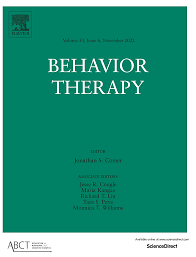
Exposing Worry's Deceit
This is a paper that we missed in 2020, but which takes a classic cognitive therapy (CT) approach to GAD. Participants used a Worry Outcome Journal (WOJ) to record in-the-moment worries, rate in-the-moment costs of each worry, and then track the actual outcome. They found that:
“… worries did not come true for WOJ users with GAD (91.4%). In fact, the most common incidence of false worries among participants was 100% with a median of 93.5%.”
The authors argue that the CT approach for GAD should aim for correcting maladaptive cognitions:
“Primarily, therapists should use techniques to draw client attention to evidence that their worries are unrealistic, unlikely, and unhelpful. If clients can track the actual results of their expectations, they may learn to form more adaptive, evidence-based beliefs and predictions.”
LaFreniere, L. S., & Newman, M. G. (2020). Exposing worry’s deceit: Percentage of untrue worries in generalized anxiety disorder treatment. Behavior Therapy, 51(3), 413-423.
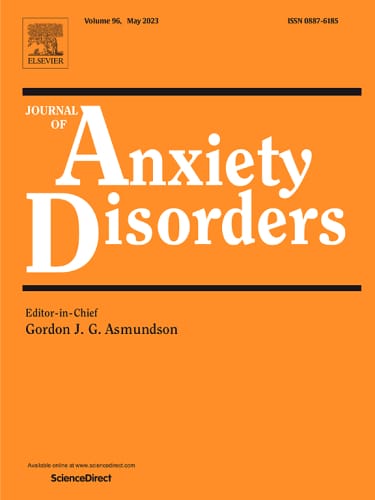
Savoring Positive Emotions In GAD
The contrast avoidance model (CAM) proposes that individuals with GAD use worry as a coping strategy because they prefer to feel chronically distressed in order to prepare for the worst outcome, rather than experience a shift from a positive or euthymic state to a negative emotion (negative contrast: Newman & Llera, 2011). Savoring — purposefully engaging and extending positive emotions — is a theoretically-derived approach to reducing avoidance of negative contrasts. This study in the Journal of Anxiety Disorders indicates that a relatively brief intervention, which trains clients in savoring, can lead to significant reductions in contrast avoidance.
"If savorers with GAD fluctuate from positive to negative states, they may learn that they can handle living without worry’s emotional buffer. They may realize the costs of CA outweigh its benefits if those benefits are ultimately unnecessary."
"The current results support clinicians teaching practices for purposeful present-moment attention to positive emotion, as well as strategies for amplifying and extending that emotion in GAD. Therapists may benefit from leading active practice of savoring in session, so it can be best utilized in daily life. Clients can be guided to identify exactly what they enjoy about an experience. They can then attend to any resulting positive emotion from those factors, sitting with the emotion for as long as possible. They should do so despite any discomfort or motivation toward CA—a notable possibility in a GAD sample. Clients can then be assigned savoring activities between sessions. Savoring strategies include specifically noting, listing, and focusing on enjoyable elements of an activity, meditation on positive feelings, images, or sounds/music, recalling and recording positive memories, verbally expressing, discussing, and sharing what one enjoys with other people, and other approaches."
LaFreniere, L. S., & Newman, M. G. (2023). Reducing contrast avoidance in GAD by savoring positive emotions: Outcome and mediation in a randomized controlled trial. Journal of Anxiety Disorders, 93, 102659.
